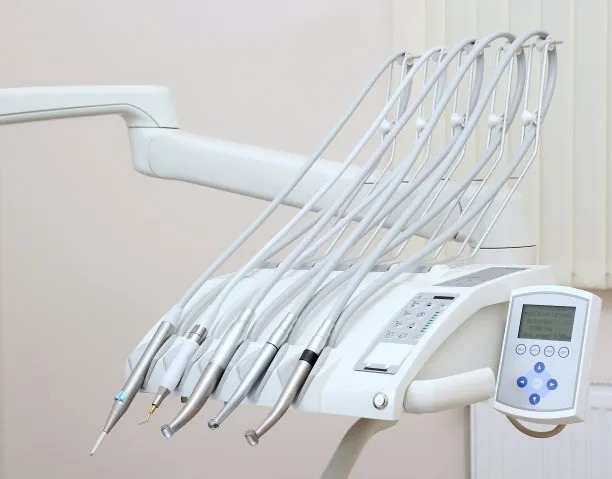The Comprehensive Guide to Understanding and Choosing Dental Implant Treatments for Optimal Oral Health and Aesthetics
Summary: Dental implants have revolutionized oral health and aesthetics for those seeking restorative dental solutions. This guide explores the essential aspects of dental implants, including their benefits, types, procedure details, and post-operative care. Understanding these factors equips patients with the knowledge needed to make informed decisions for optimal oral health and enhanced aesthetics. By exploring each aspect in detail, individuals can feel confident in their choices and expectations regarding dental implant treatments.
1. The Benefits of Dental Implants

Dental implants offer numerous advantages over traditional tooth replacement options such as dentures or bridges. One of the most significant benefits is their ability to restore bite strength. Many patients report improved chewing efficiency with implants, allowing them to enjoy a more varied diet without discomfort.
Another compelling benefit is their natural appearance. Dental implants are designed to look and feel like natural teeth, providing an aesthetic outcome that enhances one’s smile and boosts self-confidence. They can be customized to the individual’s facial structure and skin tone, ensuring a seamless integration with existing teeth.
Additionally, dental implants contribute to long-term oral health. Unlike removable dentures, which can lead to bone loss over time, dental implants stimulate the jawbone, preventing the deterioration commonly associated with tooth loss. This characteristic supports overall dental structures and contributes to a healthier mouth.
2. Types of Dental Implants Available
There are primarily two types of dental implants: endosteal and subperiosteal implants. Endosteal implants are the most common type, surgically placed directly into the jawbone and typically made of titanium. They provide a stable base for one or more crowns.
Subperiosteal implants, on the other hand, are placed under the gum but above the jawbone. This option is ideal for patients who may not have sufficient healthy jawbone mass and prefer not to undergo bone augmentation procedures. Subperiosteal implants also offer stability and support for crowns and bridges.
Furthermore, advancements in technology have introduced mini dental implants, which are smaller in diameter. These implants can be beneficial for patients with limited space or those requiring less invasive procedures. Each type of implant comes with its own set of considerations, and consulting with a dental professional can guide patients in choosing the best option for their specific needs.
3. The Procedure for Dental Implant Placement
The dental implant procedure is generally a multi-step process that begins with an initial consultation. During this stage, the dentist evaluates the patients oral health, discusses treatment options, and determines whether they are a good candidate for implants.
Once the decision is made to proceed, the first surgical step typically involves placing the implant into the jawbone. This can take several months for the biomaterial to fuse with the bone in a process known as osseointegration. Proper healing is crucial for the long-term success of the implant.
After osseointegration, a crown or prosthetic tooth is placed on top of the implant. This final restoration is designed to match the patient’s existing teeth for a natural look. Regular follow-ups ensure that the implants integrate well and function properly, enhancing the durability of the overall procedure.
4. Post-Operative Care and Maintenance
Post-operative care is vital for the longevity and success of dental implants. Patients are typically advised to adhere to a strict oral hygiene routine, including brushing, flossing, and using mouthwash to minimize the risk of infection.
Regular dental check-ups are essential for monitoring the health of both the implants and surrounding teeth. A dental professional will evaluate the integration of the implants and address any concerns that may arise, such as discomfort or changes in bite.
Additionally, lifestyle factors such as smoking can significantly impact the healing process. Its advisable for patients to avoid tobacco use after surgery, as it is associated with increased implant failure rates. Understanding and implementing proper care can greatly enhance the success of dental implants and promote overall oral health.
Summary:
Dental implant treatments offer a comprehensive solution for those seeking to restore function and aesthetics to their smiles. This guide has covered the various benefits, types, procedural steps, and essential post-operative care required to ensure the long-lasting success of implants. Maintaining open communication with dental professionals will support the journey toward achieving optimal oral health.
This article is compiled by Vickong Dental and the content is for reference only.


